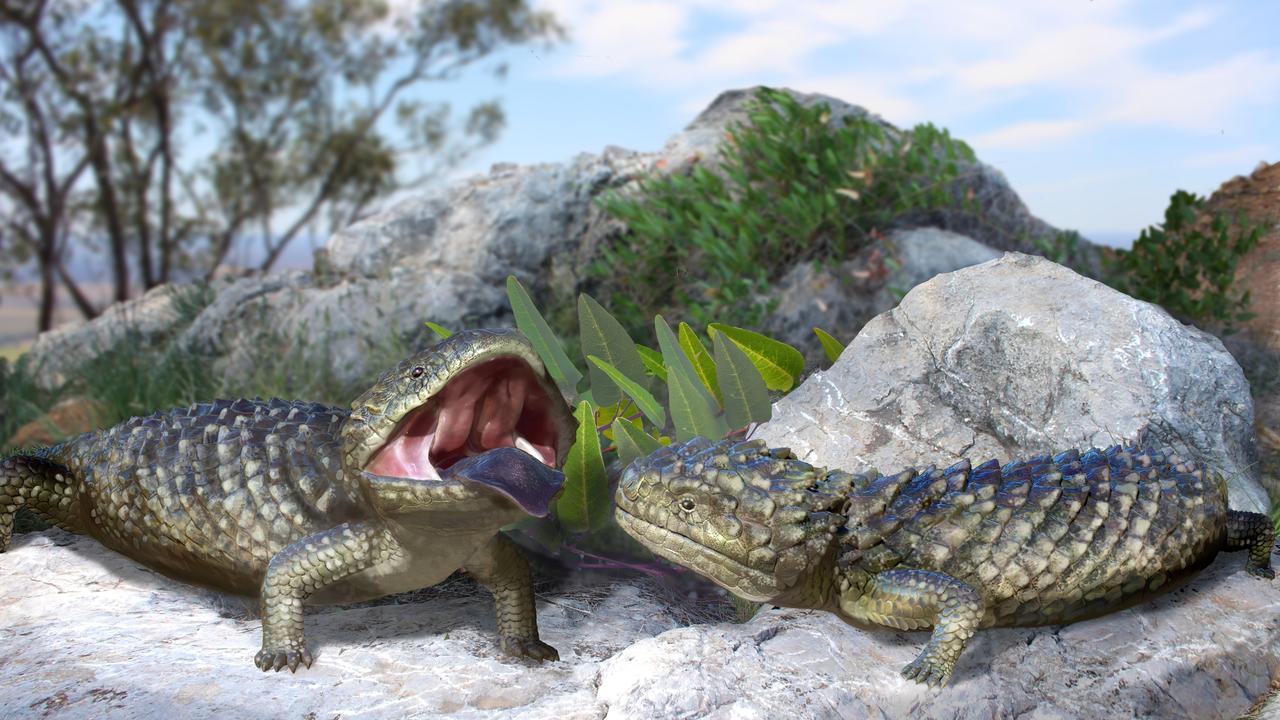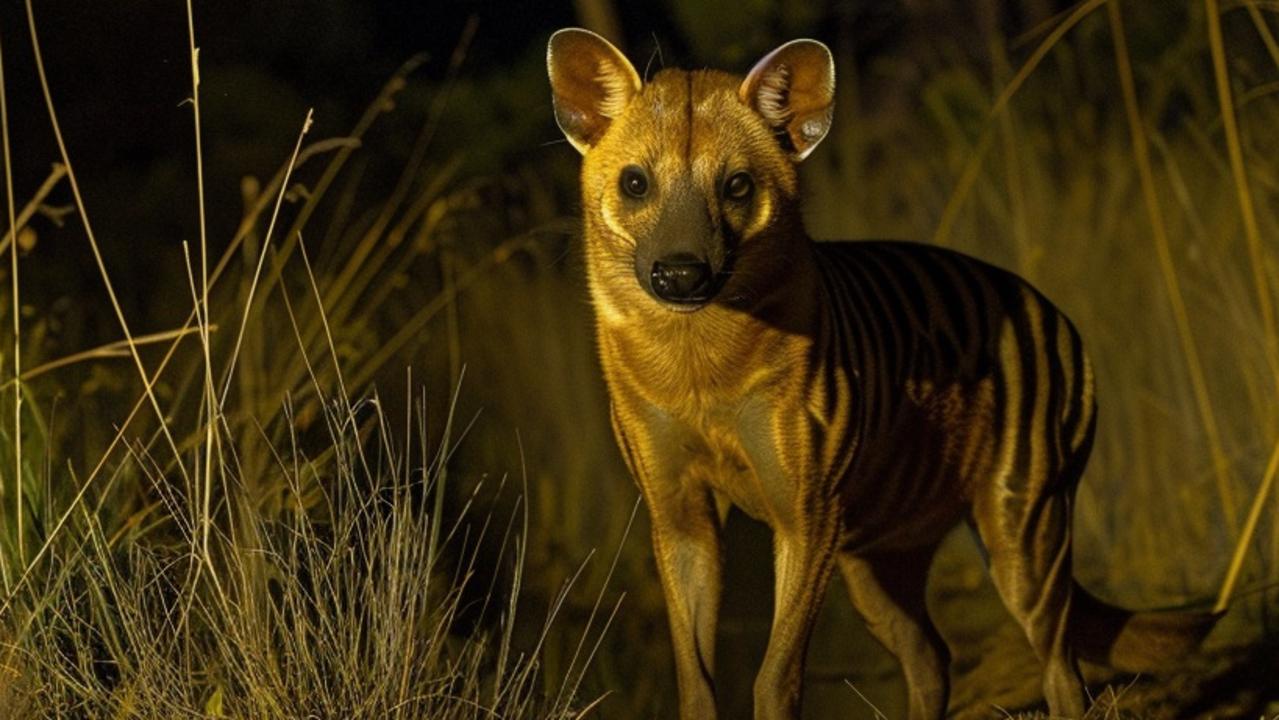Researchers discover prehistoric giant ‘mega chonk’ skink
Researchers have revealed their discovery of a prehistoric beast 1000 times bigger than its closest living relative.

Scientists have found mind-blowing evidence that an enormous “mega chonk” skink about one thousand times the size of its modern-day form once roamed the earth.
Bones of the prehistoric beast – the biggest skink ever discovered – were uncovered in the Wellington Caves, in the NSW Dubbo region, by researchers from Flinders University, ABC News reported.
Remnants of the animal, which was believed to have existed about 50,000 years ago, were evidence of the Tiliqua frangens – the skink’s official name.
Following its recent discovery, it has earned the playful names “Mega Chonk” and “Chonkasaurus” and would have been about the size of a human arm.
Palaeontologist Kailah Thorn said back in its hey day, it existed alongside other megafauna like the diprotodon and marsupial lion, but these days its closest living relative was the blue-tongued shingleback.

“In the dig at Wellington Caves, we started finding these spiked armoured plates that had surprisingly never been recorded before,” she told the publication.
“We knew we had something interesting and unique.”
She added the caves were abundant in prehistoric biodiversity and ancient bones were still continuing to be found.
A hole in the ceiling of the Cathedral cave was thought to have acted as a natural trap for animals thousands of years ago, with them falling in and being unable to get out.
“It’s a great way to sample biodiversity in a snapshot of time,” Dr Thorn said.
The animal has been profiled in the Proceedings B, the Royal Society’s flagship biological research journal.






